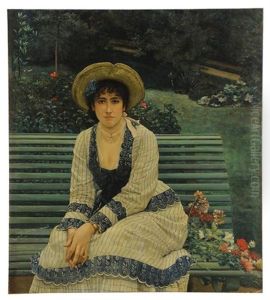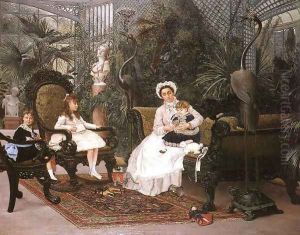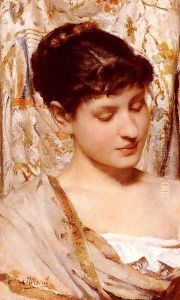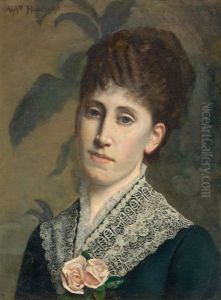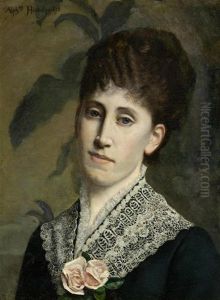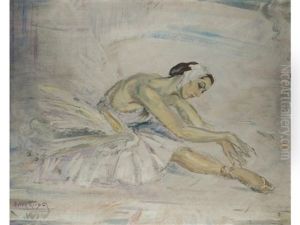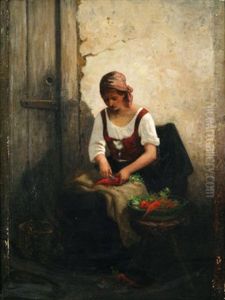Alphonse Hirsch Paintings
Alphonse Hirsch was a Swiss painter and printmaker born on April 7, 1876, in Delémont, which was then part of the Canton of Bern and is now the capital of the Canton of Jura in Switzerland. Hirsch's early life and education began in a period of rapid industrialization and cultural change in Europe. He was part of the generation of artists that emerged at the turn of the century, a period that saw significant developments in art with the formation of various movements like Impressionism, Post-Impressionism, and the beginnings of Expressionism.
Hirsch's work was influenced by the various art movements of the time, and he is known for his landscapes, portraits, and still life paintings. Although not as widely recognized as some of his contemporaries, Hirsch contributed to the Swiss art scene with a distinctive style that combined elements of realism and impressionistic sensibilities. His choice of subjects often reflected a deep appreciation of nature and the Swiss countryside, as well as an interest in capturing the character and essence of his sitters in his portraits.
During his career, Hirsch exhibited his work at various galleries and participated in art shows, helping to establish his reputation in the Swiss arts community. Despite the challenges posed by the two World Wars, he continued to create art that resonated with the changing times and the experiences of people during those tumultuous periods.
Alphonse Hirsch's death on December 19, 1944, marked the end of a career that spanned several decades. His legacy is preserved in the collections of Swiss museums and in the hands of private collectors. While not a household name internationally, Hirsch remains a respected figure in the history of Swiss art, with a body of work that reflects both his personal vision and the broader trends of European art during his lifetime.
